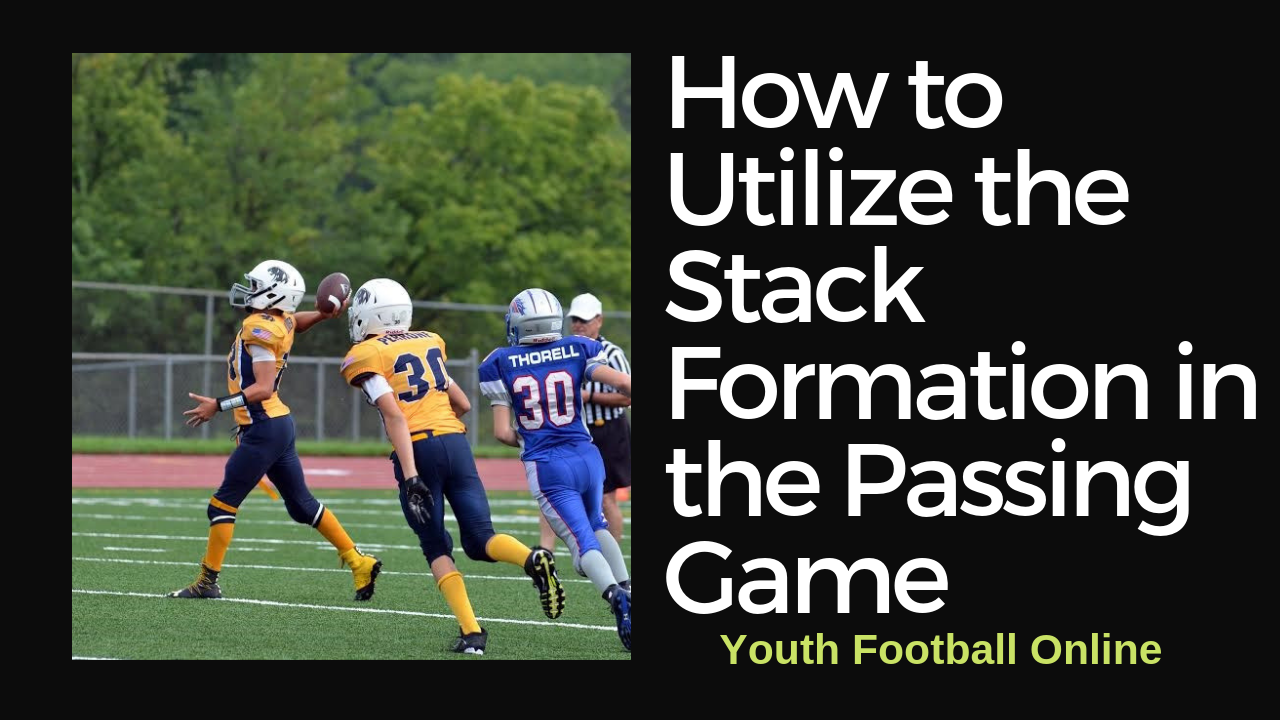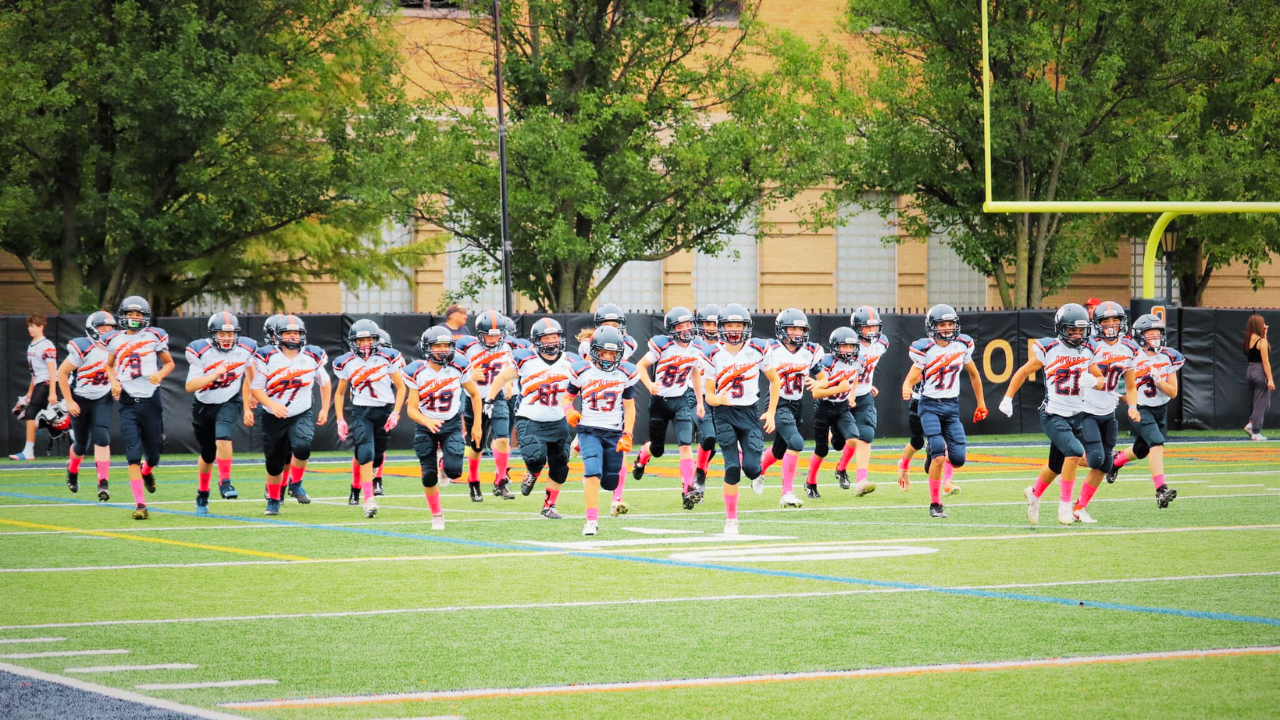How to Utilize the Stack Formation in the Passing Game

One of the best things you can do to a defensive back is to make them think and make decisions after the snap of the ball. While making players think about their alignment before the snap of the ball is great, when you force defenders to make choices after the ball has been snapped it quickly exposes any wrong decision and gives the rest of the defense less time to cover for any mistakes. Here’s how to utilize the stack Formation in the Passing Game.
How to Utilize the Stack Formation in the Passing Game
This is one of the reasons why we love to stack our receivers and run different passing concepts with them. When receivers are stacked it forces the defense to make a decision on how they are going to defend them. If the defenders are going to be doing some sort of zone, the stack will compress the outside defender or expand the alley defender, if the stack is tight or stretch the inside alley player if the stack is out wide. If the defense is in some sort of man coverage they will have to make decisions on how they designate the #1 and #2 receiver since both receivers can easily get outside on the snap of the ball. Either way, the defense is put in a position where it has to react to the movement of the offense after the snap of the ball.
Double Hitch
One of our most simple, and most efficient routes, is just a simple double hitch. On this route the outside receiver (who is on the line) will end up as the inside receiver while the inside receiver (who is off the line) will end up running a hitch to the outside. Against any sort of zone coverage this is a great route because the outside receiver has the freedom to find an open area to settle in. In addition the crossing puts enough doubt in the minds of the defensive players that they open up a nice little space for the receiver to settle into.
Related Content: Smash Passing Concept
4 Verticals
Our second most popular route is built right off of our double hitch route. When the defensive backs start to try to jump the route, we will run our 4 verticals out of a stack formation. On this concept each receiver is going to work to get to vertical to their landmark. If the defensive backs have been coming downhill to try to jump the hitch they will be on their back foot and will struggle to catch up to our receiver breaking vertical.
Switch Hitch
The last route that we run in our basic stack route series is a combination of the two routes above. In this route out outside receiver is going to be running what we call a Switch Hitch, which is a Hitch that breaks inside and settle in space. This is the exact route that he ran in the first route concept. Our inside receiver is going to run what we call a Switch Vertical, where he will be attacking for width before breaking vertical to his landmark outside of the numbers. The Switch Vertical will serve to expand the edge defender while also keeping the deep defender back to open up the Switch Hitch inside.
Related Content: Making the Flood Concept Multiple in the Roll out Game
These are easy routes to teach, run and throw but they put huge levels of stress on the defense. This creates easy completions for your team that will help to build your confidence in the pass game and give you the ability to throw on first down.













